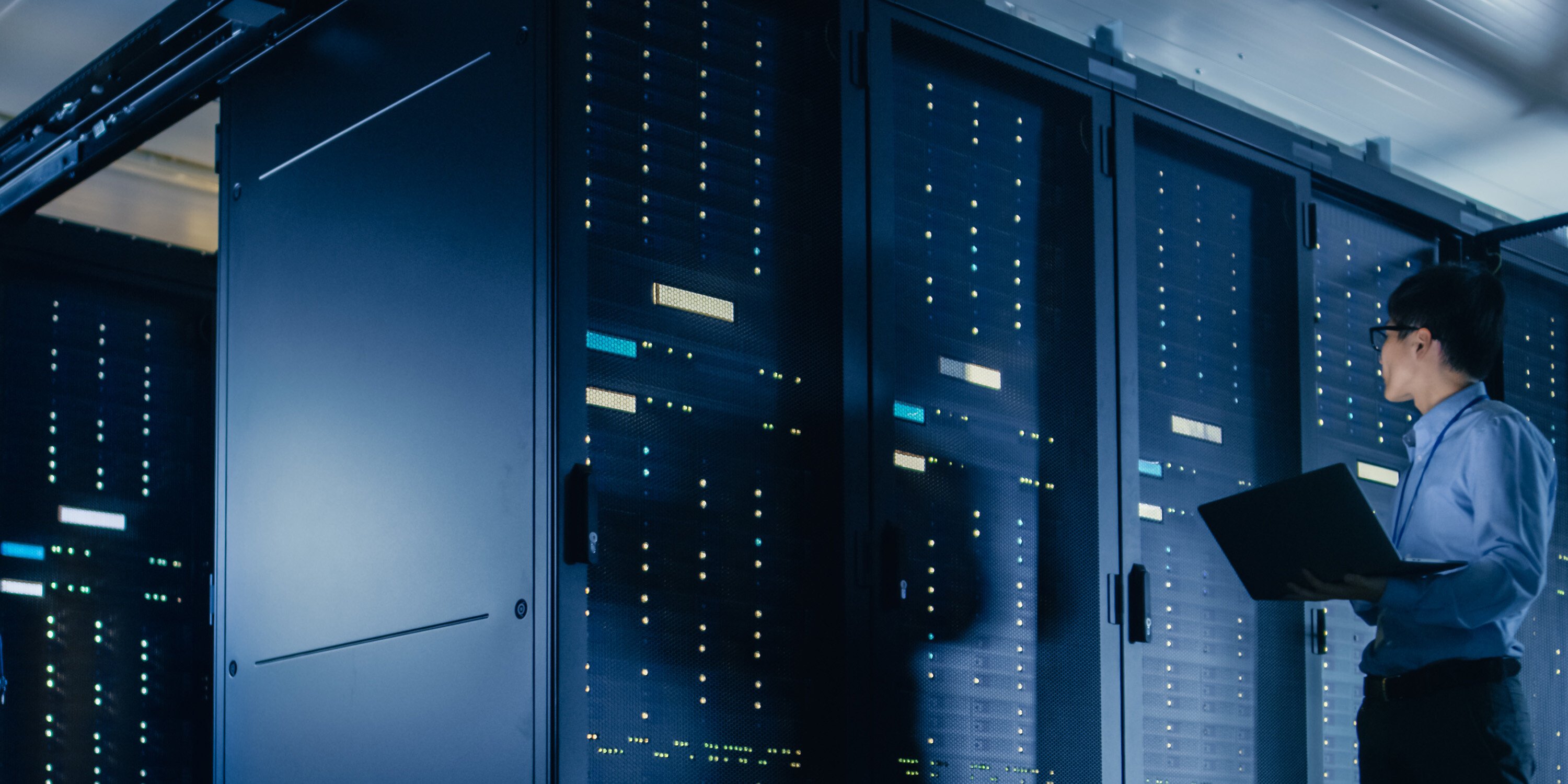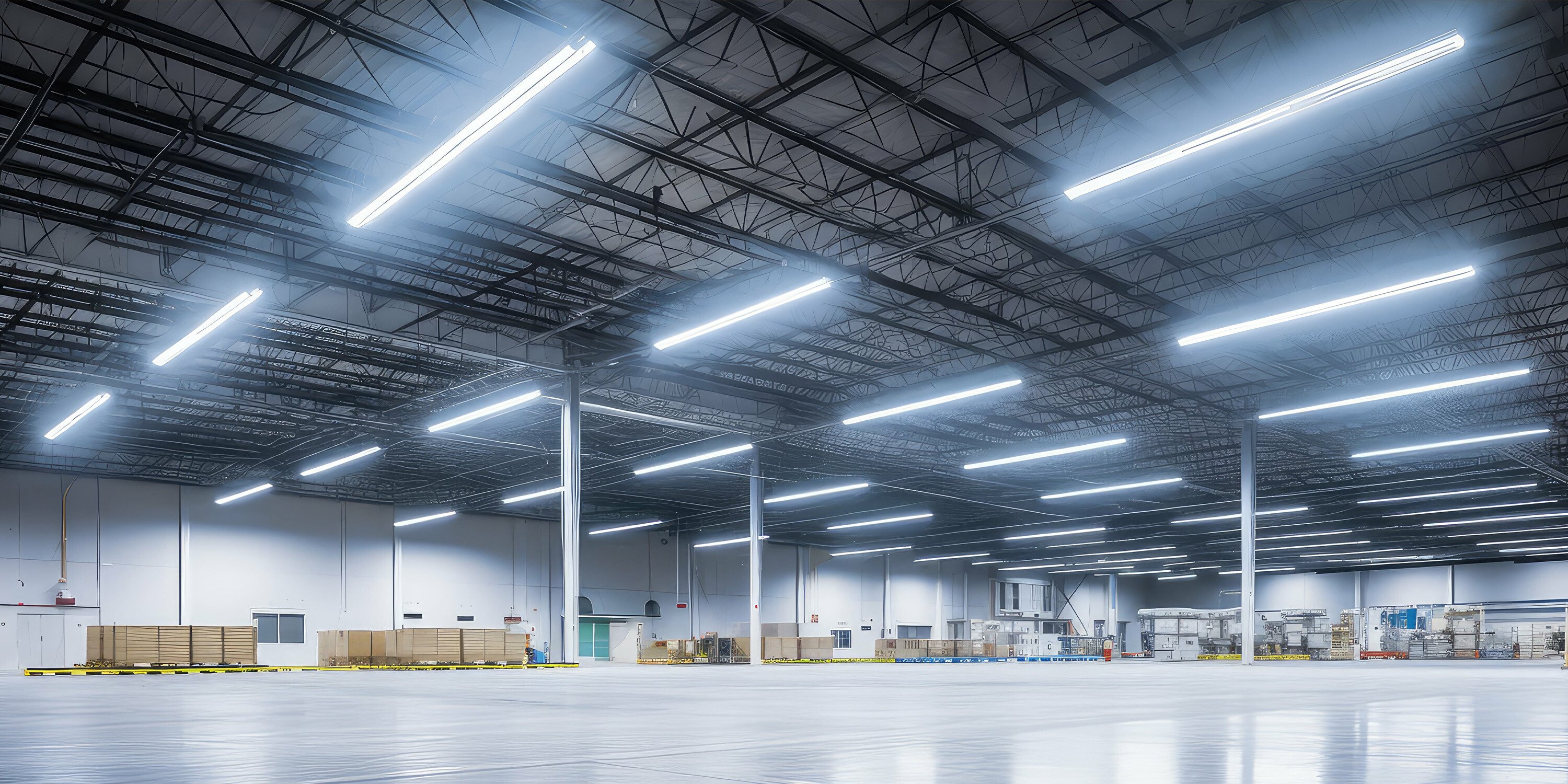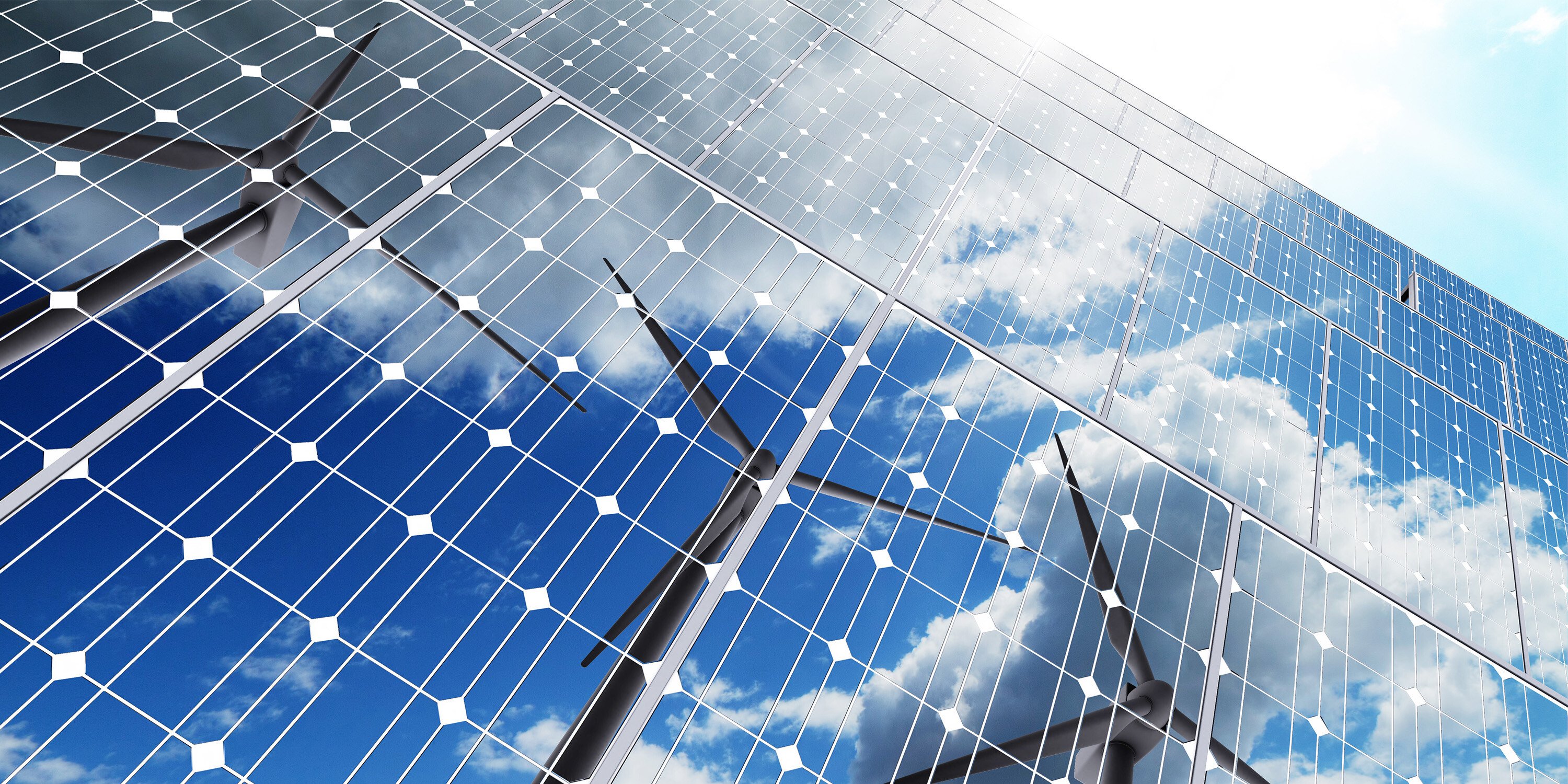Energy Efficiency | March 18, 2021
5 Unexpected Outcomes of Sustainable Buildings
Within the United States, buildings account for 41% of the primary energy consumption and 37% of greenhouse gas emissions. To combat such high energy use in the country, a new philosophy towards building efficiency was developed. The term “sustainable building” became increasingly popular in association with commercial buildings that were able to provide comfortable and healthy environments without negatively impacting the environment. While many new builds are being designed as “sustainable buildings,” it is not a concept only reserved for new construction. Energy efficiency solutions support the management and maintenance of a sustainable building. By accounting for sustainability in your building, you can reap significant benefits.
But first, what do we define as a sustainable building?
Establishing a sustainable building begins first by understanding that the structure will have inherent effects on its surroundings. The goal is simply to reduce the negative consequences and increase the positive results.
|
Fundamentally, sustainable buildings take into account all three pillars of sustainability:
-
Planet
-
People
-
Profit
Sustainable building for new vs. existing facilities
Many articles on the topic conclude that to be truly sustainable, the ideology of sustainability must be comprehensive of all stages of the construction and building operations. These stages can encompass planning the location, design, construction, operation and maintenance and demolition.
Though ideal, a building certainly does not need to be brand new to be or become more sustainable and energy efficient. Existing buildings can be retrofitted in a variety of ways to accomplish energy savings. And as addressed above, energy savings deliver several critical benefits for building operations, beyond sustainability and environmental impact.
Most standard efficiency solutions proposals for buildings looking to become more sustainable include some standard metrics and results:
- kWh (electric savings)
- Therms (gas savings)
- Dollars (financial savings)
These are important benefits and give credibility to energy efficiency projects. However, there are additional outcomes from sustainable buildings or structures being retrofitted for efficiency that can drive their own results.
5 Unexpected Outcomes of Sustainable Buildings
1. Comfort
The EPA reports that Americans, on average spend 90% of their time indoors, where the air pollutants are 2 to 5 times higher than outdoors. In sustainable buildings, HVAC systems promote energy conservation while maintaining indoor air quality, resulting in occupant comfort and safety. This means investing in better and more efficient HVAC systems for higher indoor air quality and consistent temperatures.
Poor ventilation as well as improper control of heating and cooling can have adverse effects on peoples’ health. By monitoring your indoor air quality, you can measure performance of your efficient solutions; you can also determine areas for additional efficiency projects.
You may want to consider monitoring CO2 levels based on the number of occupants in your building. More occupants result in higher CO2 levels and require more ventilation to improve air quality.
2. Productivity
Beyond comfort, improving indoor air quality through HVAC retrofitting has been proven to positively affect productivity. Insufficient ventilation, extreme temperatures and poor air quality can disturb employees’ psychological health, resulting in them losing work hours. Employees tend to be more productive in spaces they feel better in.
Physical tolls from poor HVAC systems can include asthma exacerbation and respiratory allergies that can result in absenteeism. Updating a space for better air circulation and ventilation systems and implementing sustainability measures allows employees to work without being distressed by their environment, increasing productivity.
3. Visibility
Good visibility is essential for any environment; it measures the level of easiness and accuracy we can detect our surroundings. Many sustainable buildings retrofit lighting solutions from outdated lighting solutions to more efficient and effective LEDs for better lighting and in turn, visibility.
Unlike other solutions, LEDs convert more of the energy produced into light rather than heat which results in brighter spaces for the occupants of the building and in turn, higher visibility. This can have numerous effects on a workspace; for example, improving the quality of light in a warehouse with poor visibility increases accuracy which consequentially decreases error and cost.
Furthermore, workers can be more alert and attentive due to increased visibility, which results in less injuries.
-1.png?width=1500&name=BEFORE%20(1)-1.png)
4. Morale
While beneficial for the environment, sustainable buildings also emphasize a company’s commitment to the overall well-being of the occupants within. Employees can feel comfortable and safe at their job which is necessary since job satisfaction can rely heavily on the workspace provided. In other words, people will be more content to come to work in an environment that is built for their welfare than in a substandard or insufficient workspace.
Retrofitting a building to use healthier and more resource-efficient methods in design and application, allows for a healthier and happier environment. By creating a sustainable building, owners can attract and retain tenants.
5. Maintenance
Whether it’s a new build or existing, including sustainable attributes can optimize a building’s resiliency, decreasing the need for constant maintenance and subsequently, maintenance costs. With an understanding of the need for future generations to reuse the building, sustainable buildings are designed with systems that are long lasting and easy to maintain.
Systems with high efficiency operate at the proper levels for the occupants, reducing the amount of wasted energy usage, and allowing the systems to last longer.
Making the change
Retrofitting for sustainability, specifically energy efficiency, has decreased in initial implementation costs in recent years. This is partially due to recent technological advancements and partially due to increased demand of corporate environmental responsibility, or ESG initiatives. Optimizing your building to include sustainable design attributes can decrease operating expenses, ultimately reducing long term energy costs - while lowering environmental impact and delivering numerous other benefits. So, what’s stopping you?
Related Posts
Discover more content and insights from Mantis Innovation

The Cost of Inaction: Why Businesses Should Act Now on Energy Efficiency
In today's fast-paced business environment, the financial and operational losses businesses incur by delaying energy efficiency improvements, the "cost of inaction," is more relevant than ever.

In today’s AI era, human intelligence is the key to data center facility and energy optimization
Nowhere else in modern industry do artificial and human intelligence converge with such transformative potential as in the world of data centers. As AI's extraordinary growth accelerates demand for

Your Guide to LED Lighting for Business and Commercial Buildings
Never to be underestimated, LED lighting and well-designed lighting retrofits and upgrades offer businesses big improvements like reduced energy costs, reduced emissions, and improved working

Carbon Credits Explained: A Primer for Achieving Your ESG Goals
In the race to achieve net-zero emissions, carbon credits have become a crucial tool for companies with hard-to-abate emissions. As of 2024, almost half of the Fortune 500 companies have net zero

